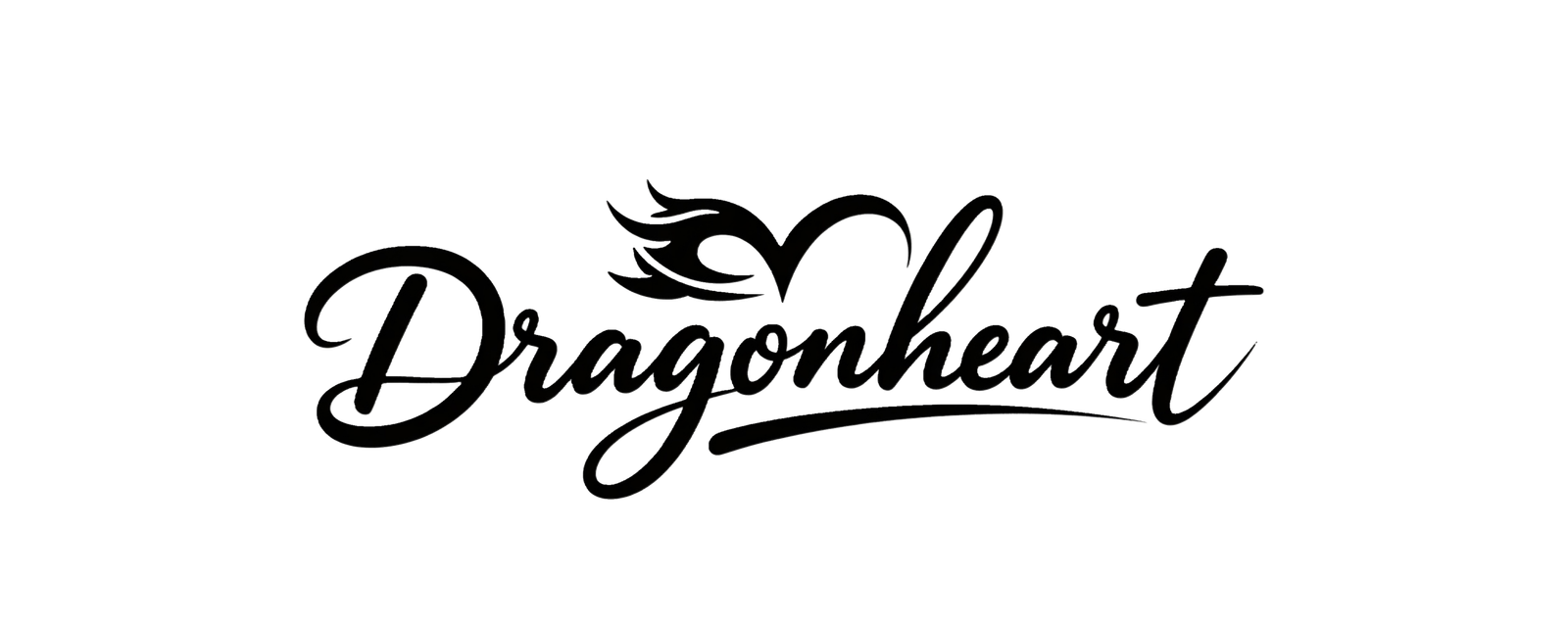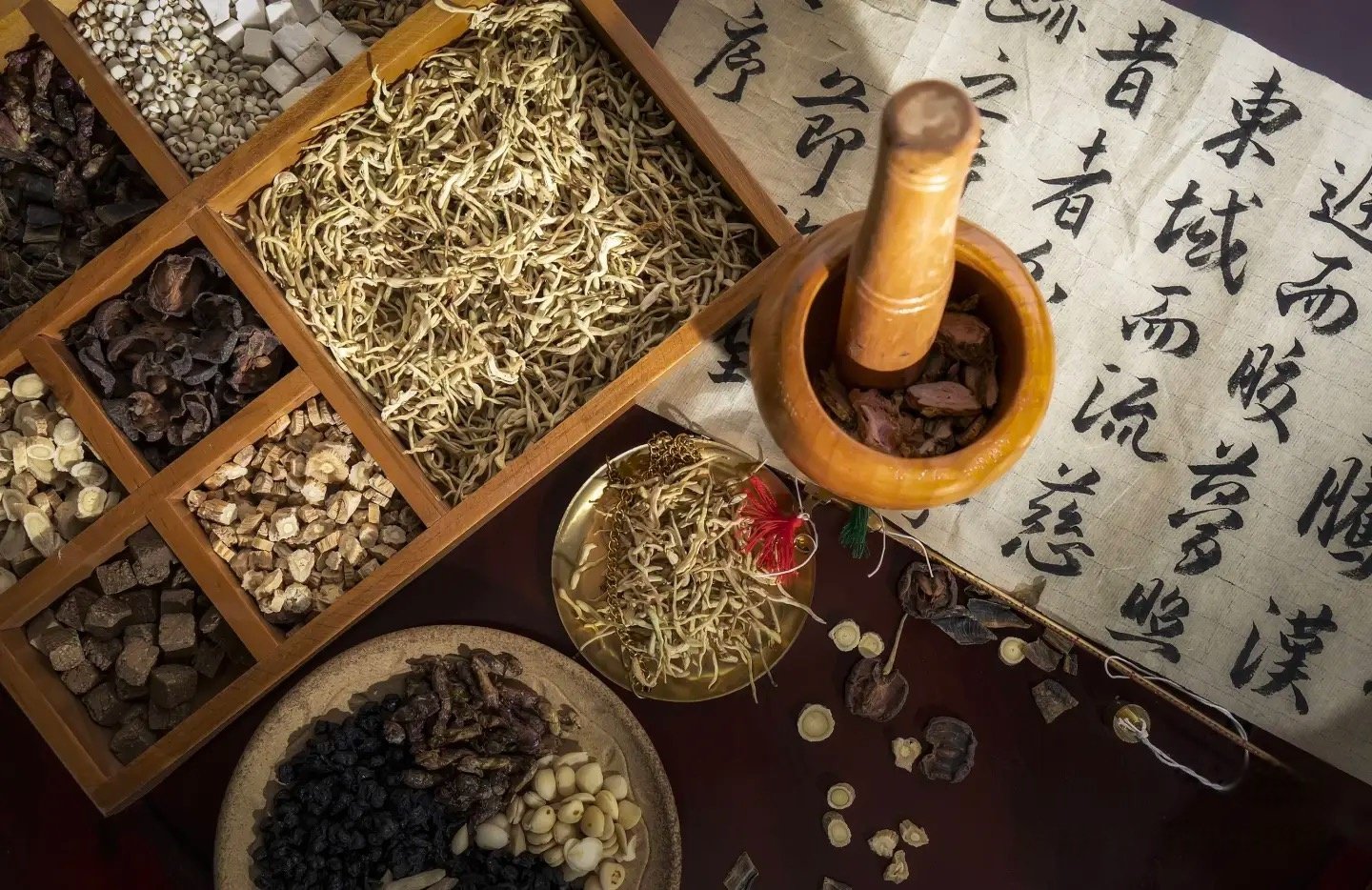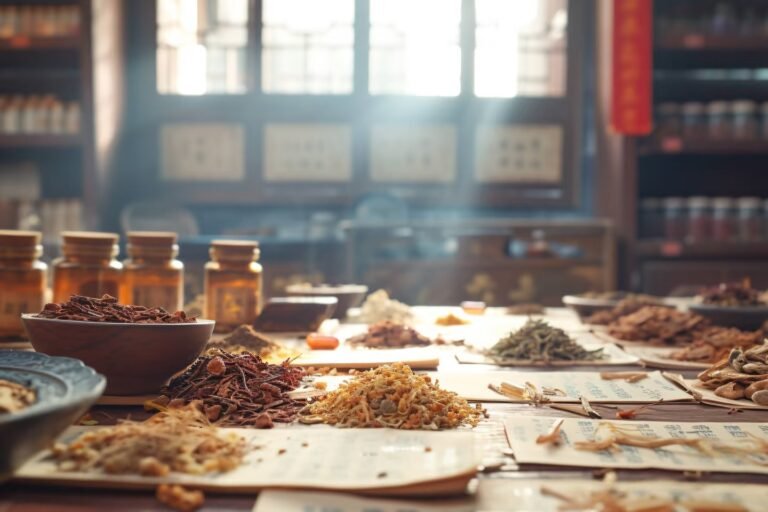How Science is Rediscovering Ancient Wisdom
What centuries of practice knew, labs are just beginning to prove.
“It is the mark of an educated mind to be able to entertain a thought without accepting it.”
— Aristotle
For decades, ancient systems of medicine—like Traditional Chinese Medicine (TCM), Ayurveda, or Indigenous herbalism—have been side-eyed by modern science. Sometimes dismissed as folklore. Sometimes labeled as “unscientific.” But something interesting is happening:
Science is starting to catch up.
Not in a way that replaces these systems, but in a way that translates them—finding language, data, and biochemical pathways for what was once passed down through stories, sensations, and seasons.
And nowhere is this rediscovery more compelling than in Chinese herbal medicine.
🌱 What the Ancients Saw Without Microscopes
Chinese medicine is based on thousands of years of clinical observation. It doesn’t isolate symptoms—it reads patterns. It doesn’t separate the mind from the body—it treats them as fluidly connected.
Take the concept of “Shen” (spirit). For centuries, Chinese doctors treated anxiety, depression, and dream disturbance through formulas said to “calm the Shen.” These weren’t metaphors—they were observable truths in patient after patient.
Now, studies show that these herbs modulate GABA receptors, affect cortisol levels, and alter parasympathetic nervous activity.
In other words: the science is there—it just had to learn the language.
🔬 Case Study 1: Suan Zao Ren and the Science of Sleep
Suan Zao Ren (Sour Jujube Seed) has been used for over 1,800 years for insomnia and restlessness. It’s sweet, slightly astringent, and in TCM theory, it “nourishes the Liver and calms the Heart.”
A 2020 study published in Frontiers in Pharmacology confirmed that Suan Zao Ren extract increased non-REM sleep, modulated GABA-A receptor expression, and reduced anxiety-like behaviors in lab mice.
That’s not folklore. That’s neuropharmacology echoing tradition.
🧠 Case Study 2: He Huan Pi and Emotional Regulation
Used for centuries to help with grief and “constrained emotions,” He Huan Pi (Albizia bark) is known in TCM as the herb that “lets the Heart smile.”
Today, early studies suggest it has antidepressant effects, possibly through serotonin reuptake modulation, and may help repair neuroinflammation linked to chronic stress.
No wonder practitioners now combine it with therapy, mindfulness, and even PTSD recovery protocols.
🩺 Case Study 3: Gui Pi Tang and Cognitive Burnout
Gui Pi Tang, a classical formula used for exhaustion, overthinking, and emotional depletion, is now being studied for its impact on cognitive fatigue, memory, and immunity.
A 2017 clinical study in Japan showed measurable improvement in mental clarity, sleep quality, and immune resilience in patients taking Gui Pi Tang after chemotherapy or work-related burnout.
Again, ancient patterns—now with modern metrics.
🔄 Why Science Needs Tradition (and Vice Versa)
Science thrives on dissection. On data. On what can be seen, measured, repeated.
But ancient medicine thrives on context. On relationships. On what is felt and witnessed over time. These systems aren’t in opposition—they’re complementary logics.
- Science asks: What compound does what?
- Tradition asks: Why this person, in this season, with this imbalance?
One seeks to prove. The other seeks to understand.
We need both.
🧭 The Path Forward: Integration, Not Erasure
We’re at a threshold.
- Acupuncturists are working in major hospitals.
- Herbal formulas are undergoing randomized clinical trials.
- Western-trained doctors are learning pattern differentiation alongside pathology.
This isn’t about replacing Western medicine. It’s about expanding our therapeutic imagination—allowing ancient practices to be validated.
When we pair 2,000 years of clinical wisdom with 21st-century tools, we don’t just heal better. We see more.
📚 Want to Explore Further?
- 🧪 Suan Zao Ren and GABA receptor interaction (PubMed)
- 🌿 What is Qi, and Why Does It Matter?
- 🩻 Harvard Medical School research on Chinese herbs
- 📦 Shop our “Ancient Wisdom” formula series
🪷 Final Thought
Sometimes, the map to the future is written in a language of the past.
And sometimes, science doesn’t have to reinvent the wheel.
It just has to learn how to listen to a wheel that’s been turning for 2,000 years.




